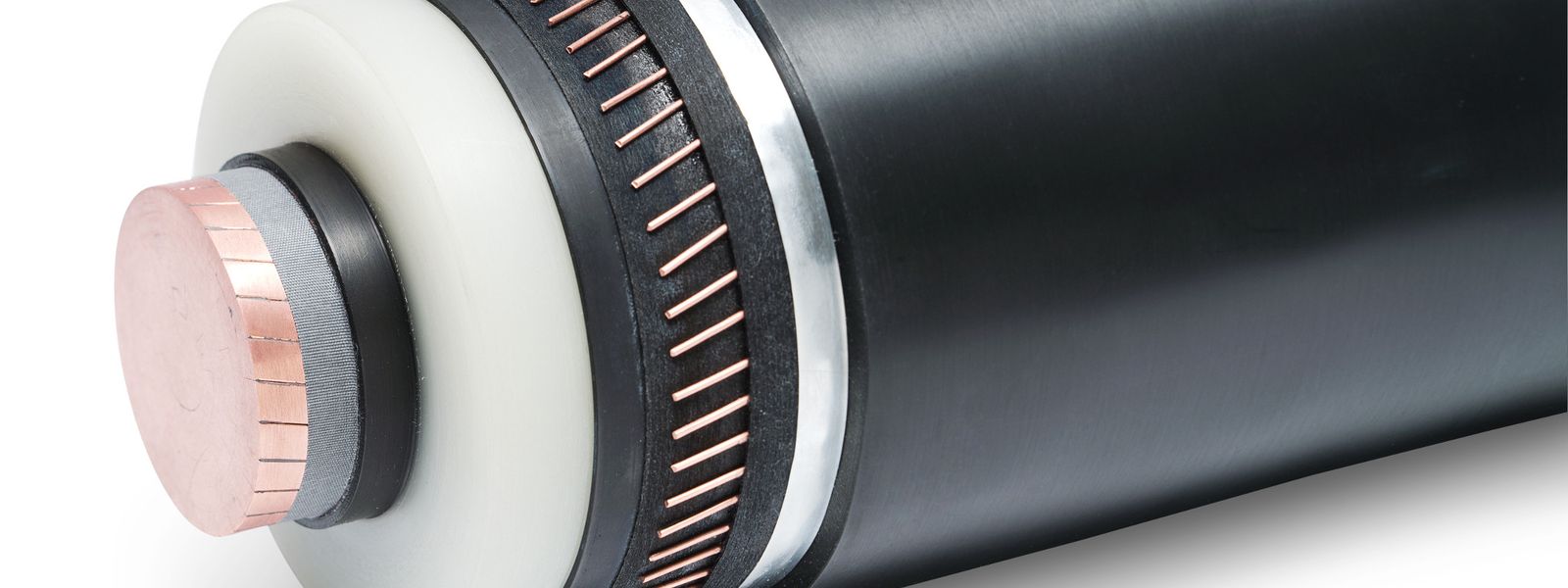nkt cables markets the world's most powerful underground DC cable system: 640kV
Apr 6, 2017
A new world-record 640 kV extruded DC (Direct Current) cable system has been successfully tested and qualified by NKT Cables. The commercialisation of the first 640 kV extruded DC underground system with advanced material technology will increase the maximum power transmission of cable systems by 20% and allow better integration of distant renewable energy sources into the global energy systems.
- Press Releases & Events
- nkt cables markets the world's most powerful underground DC cable system: 640kV

Loading...



